Appalachia’s Ugliest Cryptid Drowns In Its Own Tears
A new festival looks to draw out and soothe the squonk in all of us.
An elusive beast is said to lurk in Pennsylvania’s hemlock forests. It supposedly slinks between the shadows on moonlit nights, wary of water where it might see its own reflection. With ill-fitting skin covered in moles and warts, it’s among the most hideous of creatures ever to walk the land—and it knows that. The monster weeps constantly as it huddles in the undergrowth, ashamed of its own appearance. Hunters can follow the damp path of its tears until they’re close enough to hear its unceasing sobs. Yet even those who corner the creature cannot capture it. When escape is impossible, it dissolves into tears, leaving its would-be captor with nothing but damp hands.
This is the legend of the squonk, a cryptid allegedly first spotted by lumberjacks working in an area that’s known today as Tuscarora State Forest. The beast was first described on paper by William T. Cox in the 1910 book Fearsome Creatures of the Lumberwoods, where he calls it the scientific name Lacrimacorpus dissolvens. Cox says the squonk is “the most morbid of beasts,” relating the account of J.P. Wentling, a U.S. Forestry Service worker and resident of nearby Mont Alto, who claimed to capture a squonk in a sack only to get home and find it contained “nothing but tears and bubbles.”
For many native Pennsylvanians, the squonk is a staple of childhood lore on par with another cryptid well known to Boy Scouts, the snipe. As Gerard O’Neil notes in his essay “The Squonk: A Small Tale from Franklin County,” squonk hunting “bears a curious resemblance to one variant of the ‘snipe hunt’… a fool’s errand that involves experienced outdoorsmen making fun of newcomers by giving them an impossible or imaginary task.” The cryptid has inspired pop culture, from the 1976 song “Squonk” by Genesis to the Pittsburgh-based performance art troupe called Squonk Opera.
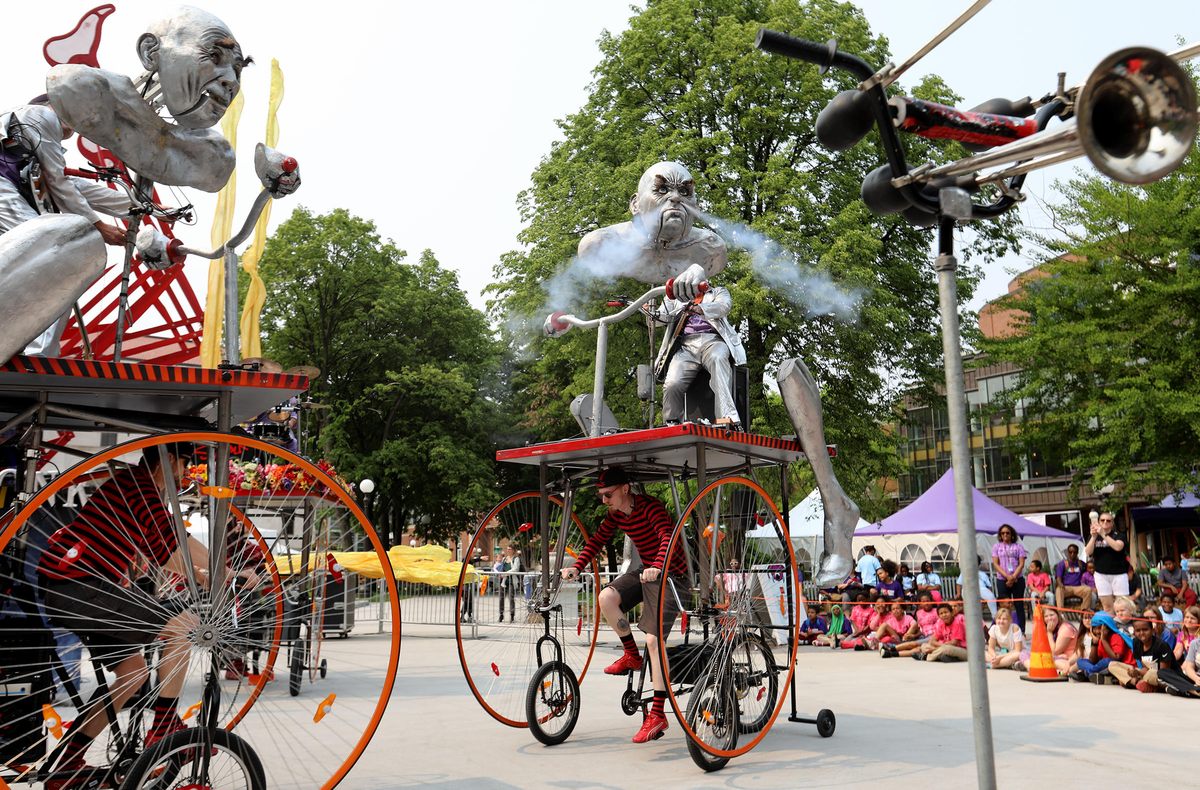
Despite these musical hat tips, it may surprise native Pennsylvanians to learn just how regional the legend is. While other Appalachian cryptids like the mothman and wampus cat have gotten their turn in the spotlight, the squonk has languished in relative obscurity (which is likely just the way the creature would prefer it). The squonk can occasionally be found in lists of fantastical creatures, most notably in Jorge Luis Borges’s The Book of Imaginary Beings.
Otherwise, folklore literature makes only passing mentions of the little-touted cryptid. Many recorded references to the squonk are metaphorical, such as when J. Mitchell Morse, an English professor at Temple University, noted in 1974 that public officials were “turning into squonks…hard to capture because when you touch it, it dissolves into tears and there you are with your hands in a puddle.” Or, in 2023, Tedium editor Ernie Smith noted the squonkiness of social media, saying a sad creature that disappears when cornered “describes at least half a dozen people I’ve talked to on Twitter.”
However, two people decided the creature’s largely uncelebrated status should change. Lisa Russell, founder of Cryptid Comforts, and Joe Fogle, owner of Cryptoteeology, are both vendors who frequent cryptid events across the country, which sparked an idea. “Joe and I were talking one day, and I mentioned I’d like there to be a Squonk Fest,” says Russell. “He said, ‘Let’s do it!’”
So in August 2023, fans of Appalachian folklore and cryptozoology descended on Johnstown for the first-ever Squonkapalooza. In addition to more than 60 vendor booths, the event activities included a squonk compliment contest, a squonk quest, games, music, and lectures on topics ranging from Pennsylvania lore to whether Bigfoot exists. A costumed squonk even tried its hand at hula-hooping.
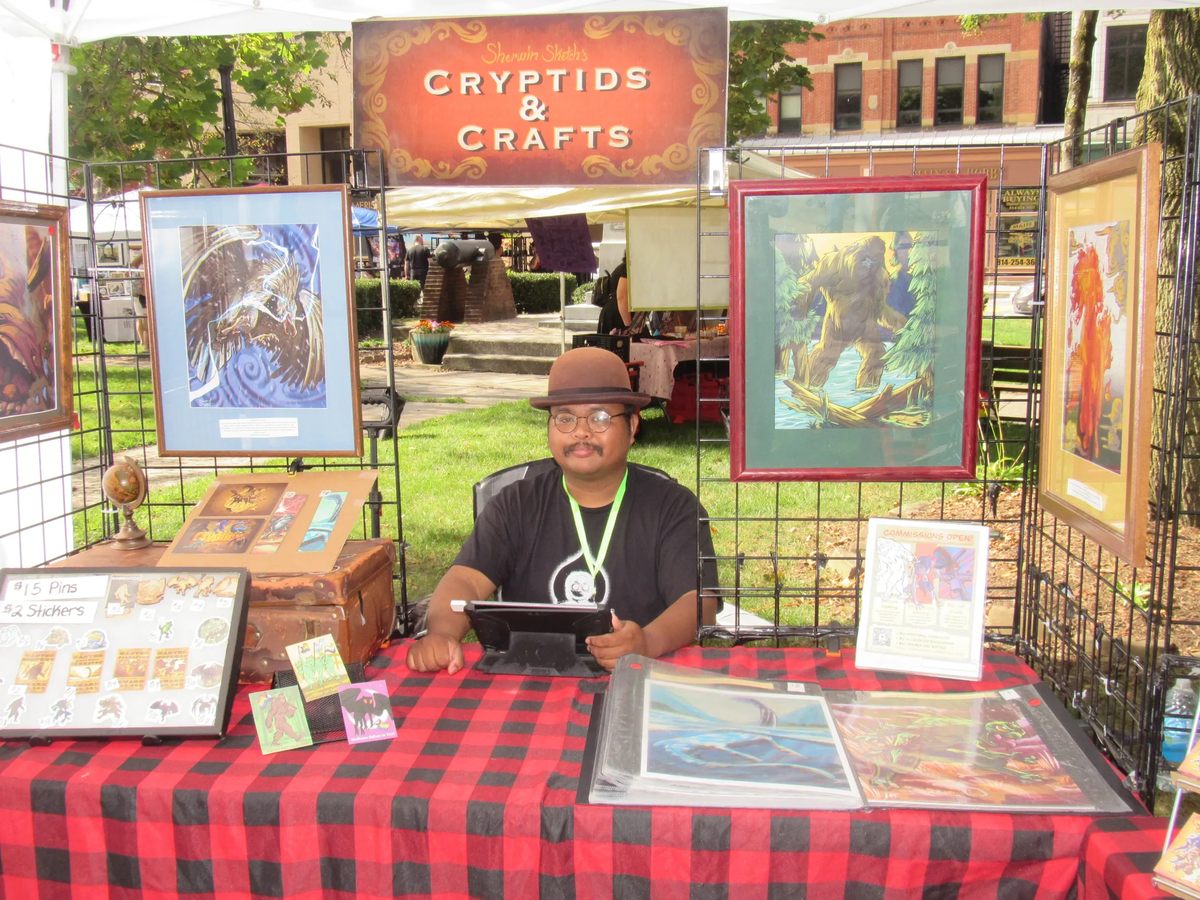
It was initially conceived as a one-time event. But the amount of cryptid-lovers who traveled to the town resulted in an unexpected outpouring of support. The founders immediately realized the potential for an annual festival.
The second Squonkapalooza took place August 10, 2024, and it proved equally popular, with hundreds of visitors perusing the vendor stands in Johnstown’s Central Park and watching lectures, podcast recordings, and movie screenings in the State Theater. The 2024 event extended beyond the festival’s official hours, with music and cryptid trivia the Friday before and an afterparty at nearby Fetz’s Sports Pub. The organizers hope to keep it going for years to come.
“The squonk seems an unlikely creature to throw a festival for,” Russell admits, “but squonk might also be the most relatable creature. Everyone feels a little squonky sometimes. So we wanted to turn squonk’s frown upside down and celebrate the sorrow. We support the underdog.”
Johnstown is something of an underdog among Pennsylvania towns. Aside from its proximity to the cryptid’s native territory, it’s a fitting setting for a squonk festival. “I knew that there was a large cryptid community in the area, so I thought it was a perfect location,” says Russell. “Everyone welcomed [the squonk] with open arms.”
Johnstown’s main claim to fame is a tragedy involving water: the Great Flood of 1889, which leveled four square miles, destroying 1,600 homes and killing more than 2,200 people. In fact, it seems like every time Johnstown catches a break, a major flood dissolves those hopes into tears.
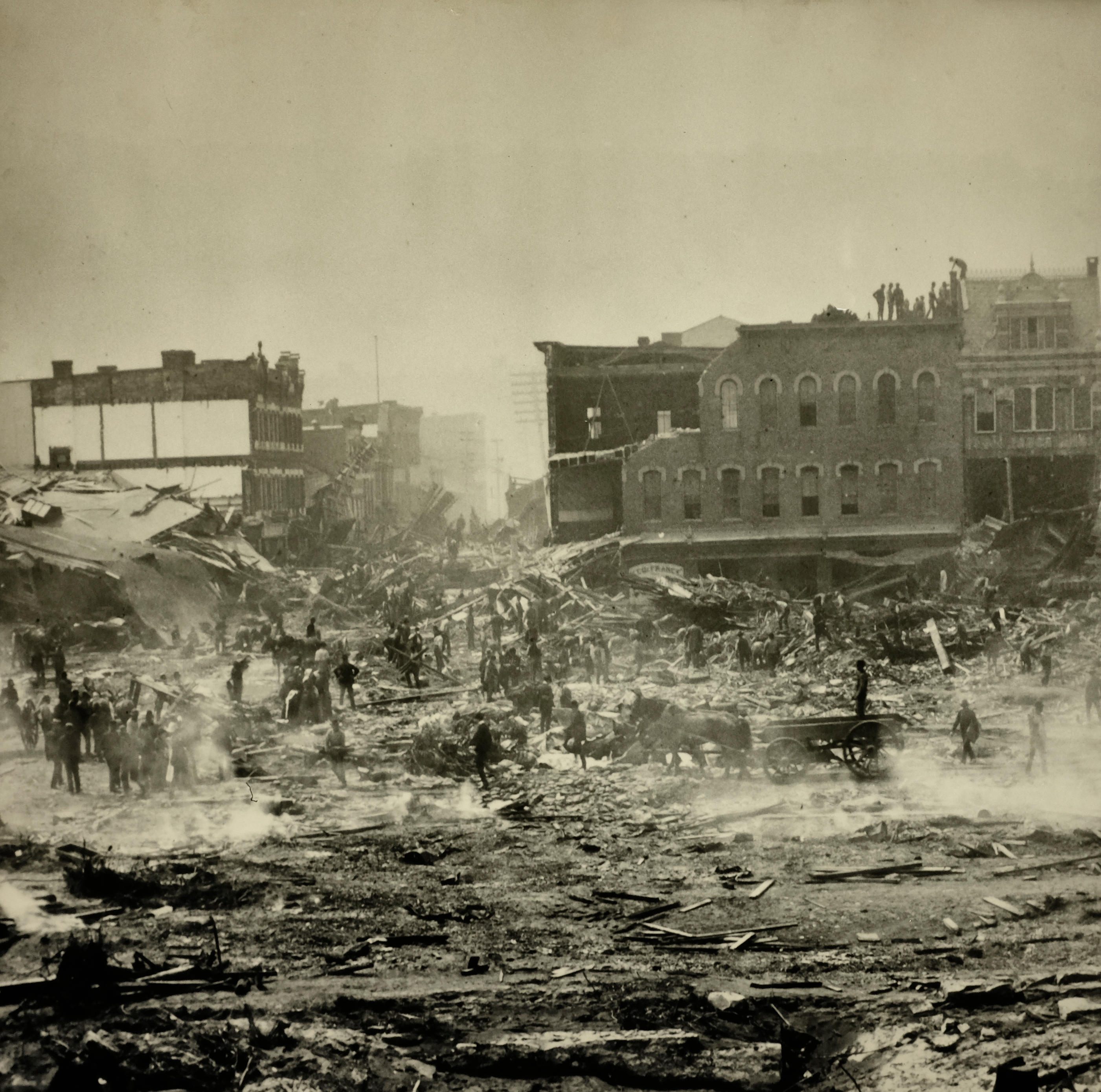
In the 1920s, Johnstown was a thriving city of some 67,000 people, with its own radio station and a vibrant downtown—at least, until the St. Patrick’s Day Flood of 1936 washed it all away. The city clawed its way back, becoming a key player in Pennsylvania’s steel industry.
Then a third major flood in 1977 proved a herald of that industry’s imminent collapse. By the end of the 20th century, Johnstown seemed to be dying a slow death. In 2003, the Census showed Johnstown was the U.S. city least likely to attract new residents.
But Johnstown has quietly persevered, supported by tight-knit communities like the cryptid lovers who have made the first two festivals such a success. The city’s population is still shrinking—as it has consistently since its 1920s peak—but at a slower rate than at any point since the 1977 flood. Events like Squonkapalooza give the city an identity separate from its tragic history and a chance for residents and visitors alike to enjoy Johnstown through a new lens.
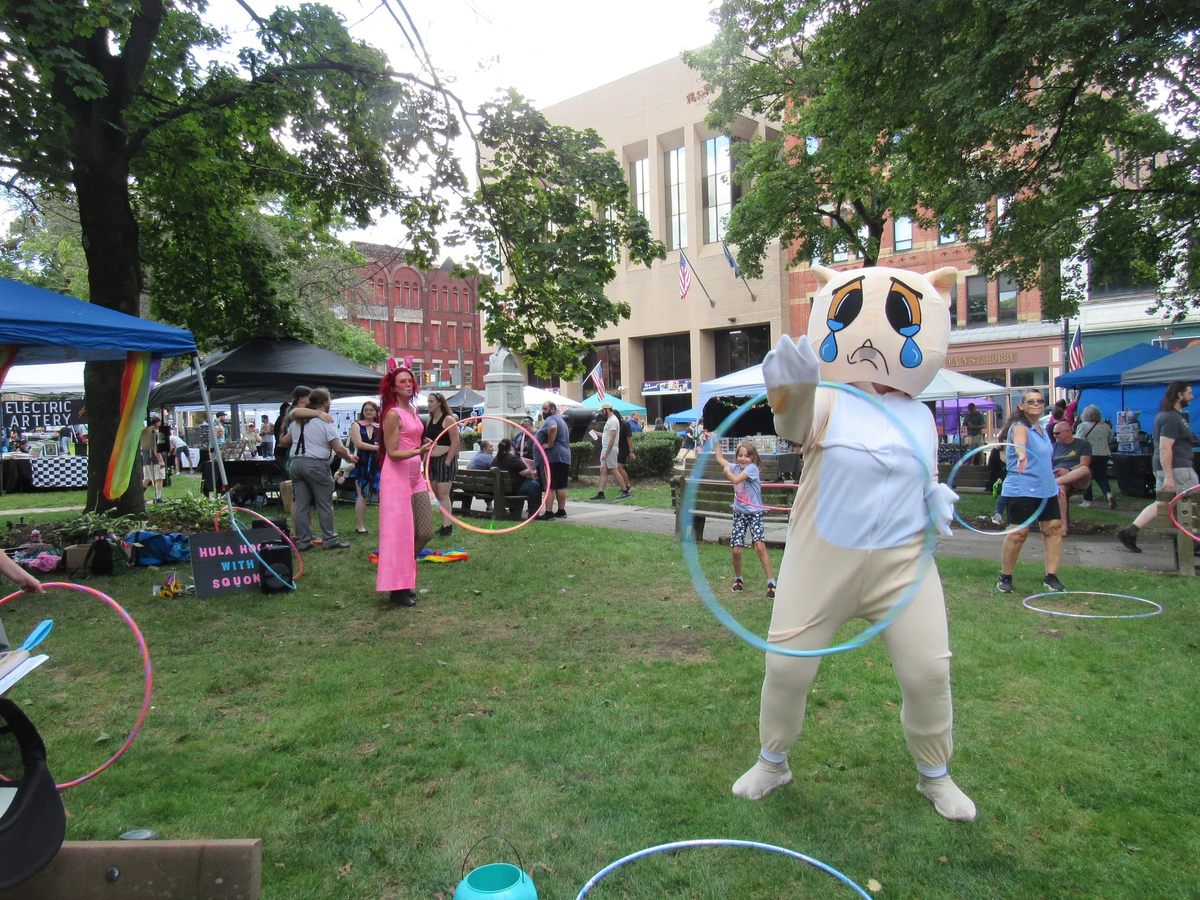
The squonk, too, has undergone a transformation over the past few decades. In PennLive’s “Paranormal PA” series, Claudia Dimuro notes that “modern pop culture has given the squonk a somewhat heroic makeover,” elevating it from a pathetic creature “to an icon of the awkward, isolated, and alone.”
The squonk is relatable in its self-consciousness; plenty of cryptids are ugly, but none of the others cry about it. By turning the squonk into a reason to smile, Squonkapalooza encourages Johnstown and its visitors to make peace with their own insecurities and imperfections—all while bringing some overdue recognition to a long-neglected local legend.
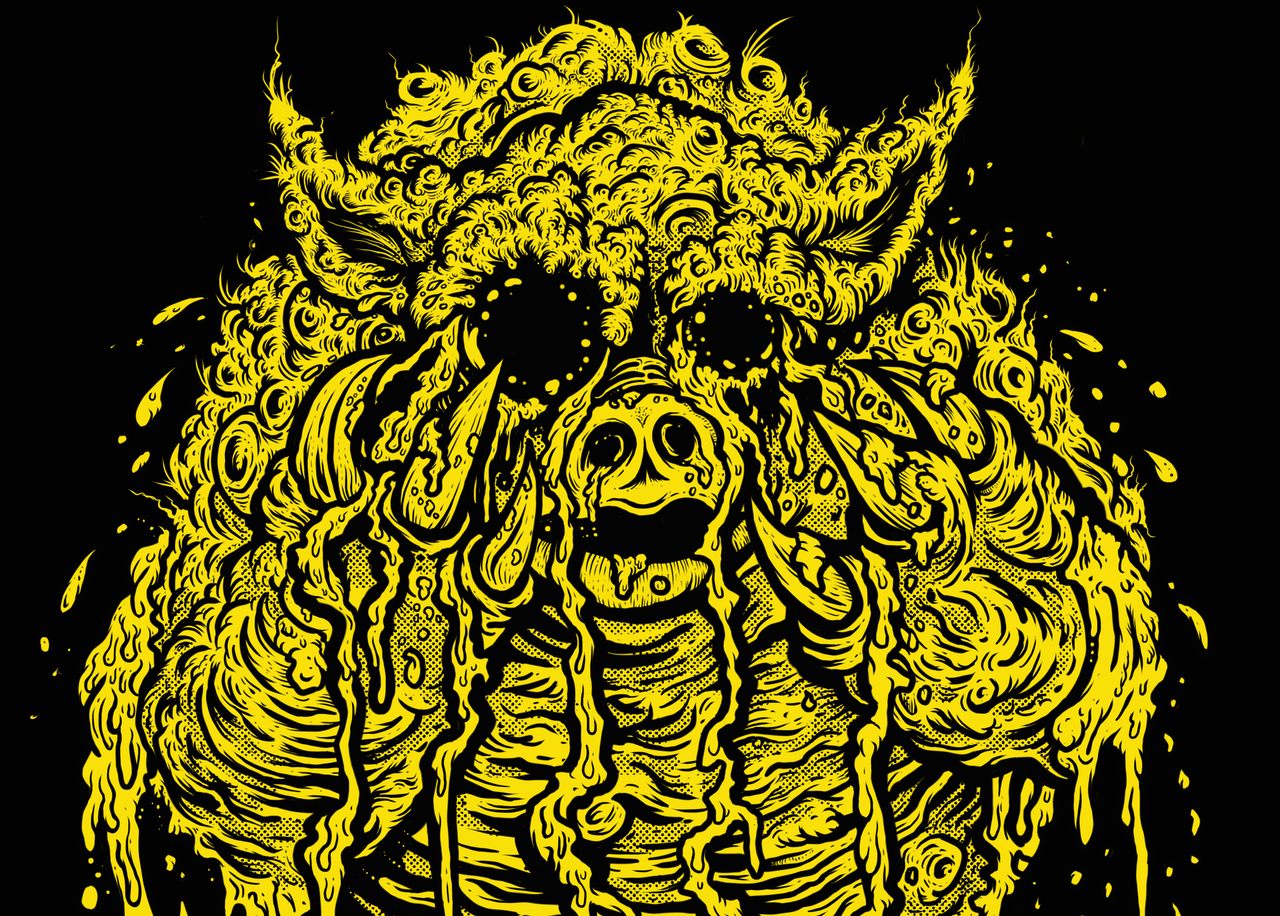













Follow us on Twitter to get the latest on the world's hidden wonders.
Like us on Facebook to get the latest on the world's hidden wonders.
Follow us on Twitter Like us on Facebook